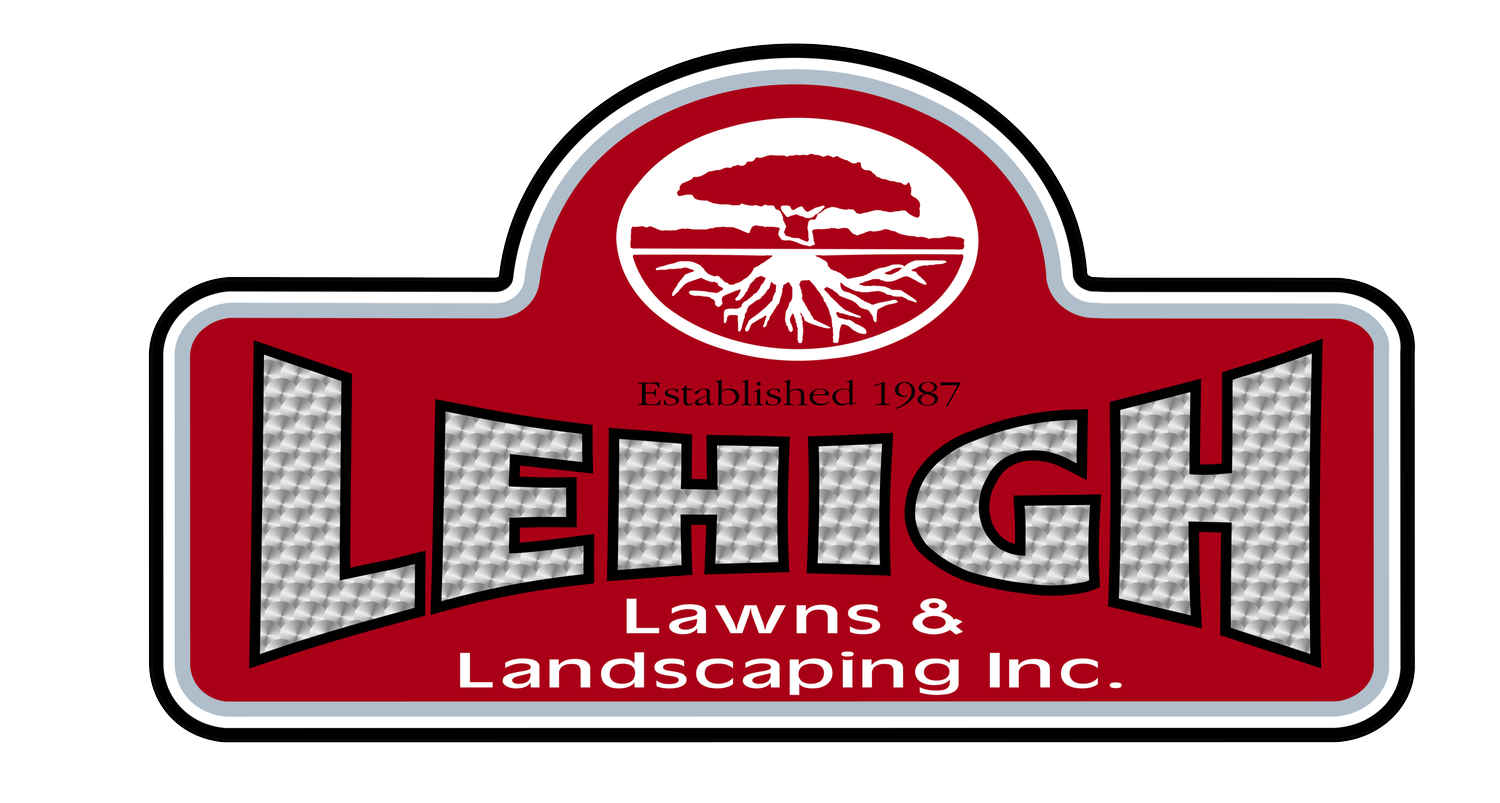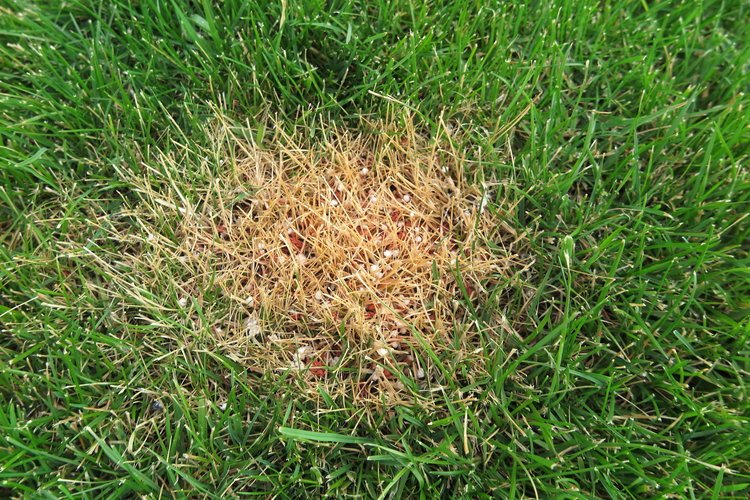What Is Fertilizer Burn and How to Treat it?
Fertilizer provides plants with the nutrients they need to thrive in Poughkeepsie, NY. However, too much of a good thing is often damaging, and fertilizer application is no exception. Find out how using too much fertilizer can harm your plants and kill your lawn.
What Is Fertilizer Burn?
Fertilizer burn refers to the way plants can be scorched by applying too much fertilizer or applying the fertilizer to wet foliage. The burns are not caused by heat, but are rather caused by salts in the fertilizer drawing the moisture out of plants. Symptoms appear within a day or two of fertilizer application, but may take longer to show up if a slow-releasing fertilizer was applied. Leaves become yellowed or brown and begin to wither, creating streaks of discoloration across the lawn that follow the pattern in which the fertilizer was applied.
Related: Using Lawn Fertilizers Responsibly
How to Treat It
Fertilizer burn should be addressed as soon as the first symptoms appear. If any granular fertilizer is still visible on the ground, it should be cleared away before it dissolves into the lawn. Once all excess fertilizer has been removed, the soil should be flushed with water to dilute the mineral salts and carry them away from plant roots. The ground should initially be soaked to capacity and watered every day thereafter for about a week. Watering the lawn in the morning gives it more time to dry and protects it from fungal infection. Don’t allow water runoff from this process to contaminate nearby water sources or gardens, as it can prove to be toxic. Once the lawn has been flushed of excess fertilizer, all that is left to do is wait for the lawn to recover. When planting season rolls around, grass can be replanted to fill in bare areas.
Related: Fertilization of Cool-Season Lawns in Lagrangeville, NY
How to Prevent It
Using more fertilizer does not always yield better results. Each plant should be fertilized strictly according to its needs. Fertilizer should also be applied according to the specific instructions that accompany the product. Using slow-release fertilizer reduces the chances that you will damage your lawn, as it releases salts gradually rather than all at once. Fertilizing during a drought can increase your chances of damaging the lawn, as the mineral salts will be more concentrated in dehydrated soil.
If you find yourself in drought-like conditions, wait for the moisture content of your soil to improve before applying fertilizer. However, a wet lawn should not be fertilized. Instead, fertilizer should be applied only on dry lawns, which can then be watered after treatment. Excess granules should be rinsed off the leaves so that they can permeate the soil.
Utilizing compost or organic fertilizer can also eliminate the risk of incurring fertilizer burn. Organic fertilizers are broken down by microbes in the soil, ensuring the gradual release of their contents. Compost can be applied once or twice a year, in a layer 1-2 inches thick, for a thriving natural landscape.
Related: Liquid Vs. Granular Fertilizer: Which One Is Better for Your Pleasant Valley, NY, Lawn?
Get Professional Help
Selecting and applying the right fertilizer, in the right quantity, at the right time can be an overwhelming task for homeowners—it calls for thorough research and a good share of your free time. Entrust the fertilization of your lawn to an experienced landscaping company like Lehigh Lawns & Landscaping Inc. for a property that turns heads year after year.

